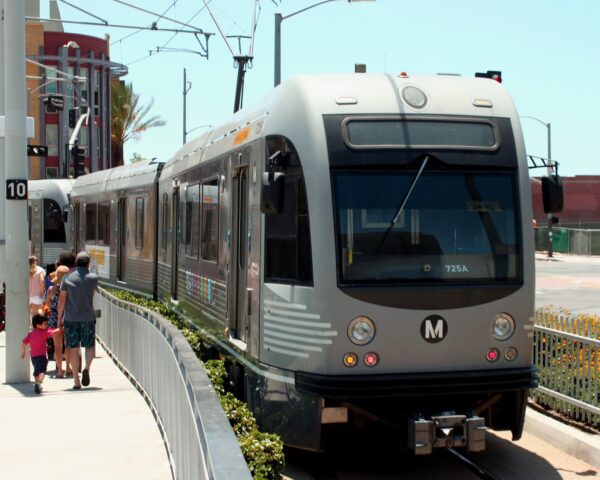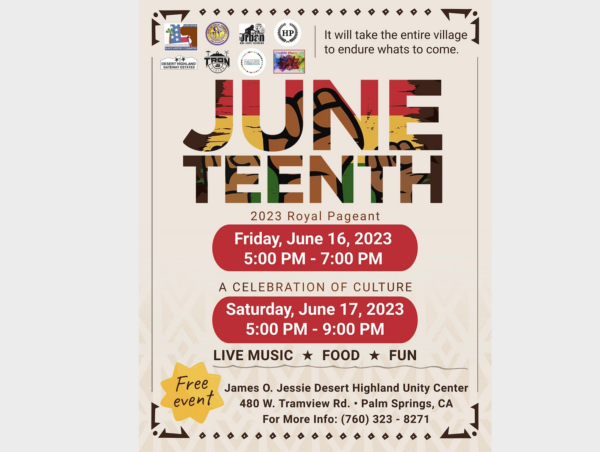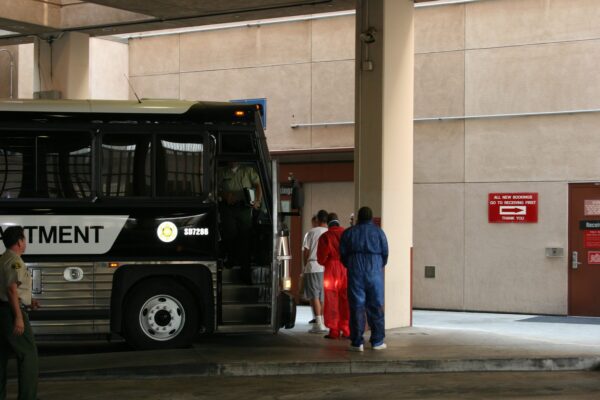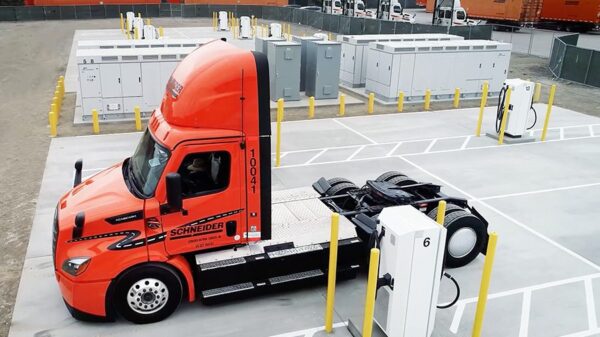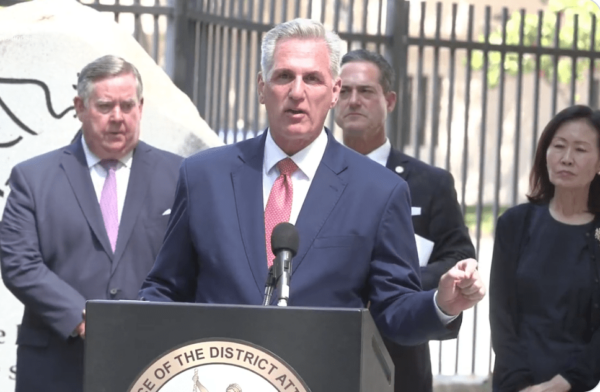Metro is offering free rides through 3 a.m. Monday on all Metro buses, trains, Metro Bike and Metro Micro as the agency continues the celebration of the roughly $1.8 billion Regional Connector project.
The connector, which officially opened Friday, adds three underground stations and allows riders to travel between Azusa and Long Beach, and between East LA and Santa Monica, without transferring.
The long-awaited upgrade eliminates the train-hopping previously required of riders who had to disembark inbound E (Expo) and A (Blue) line trains at the Seventh Street/Metro Center Station, then board a subway train to reach Union Station, where they could then board an L (Gold) Line train to travel on to East Los Angeles or Azusa.
To make the transfer-free rides possible, three new underground stations — the Little Tokyo/Arts District Station; Historic Broadway Station; and the Grand Avenue Arts/Bunker Hill Station — are now open.
Those stations allow A (Blue) Line and E (Expo) Lines trains to continue beyond their previous terminus at 7th Street/Metro Center Station and through the downtown area to Union Station and beyond.
With the opening, there is no longer an L (Gold) Line in the Metro system. That line’s stretch from Union Station to Azusa is now part of the A (Blue) Line, while the portion from Union Station to East Los Angeles was added to the E (Expo) Line.
Glendale City Councilman Ara Najarian, chair of the Metro Board of Directors, said the agency anticipates 90,000 daily passenger trips along the new two-mile rail segment, including “17,000 new transit riders.”
The history of the Regional Connector dates back to the 1990s when the original L Line was being planned since the idea was for it to begin at Seventh/Metro and be a continuation of the A Line. At the time, that plan turned out to be infeasible due to funding issues, so the L Line’s first segment was instead built from Union Station to Pasadena.
In 2008, the Metro Board of Directors included initial funding for the Regional Connector in the Measure R sales tax ballot measure, which was approved by LA County voters. The project was also funded by approximately $1 billion in federal grants and loans, as well as bonds from the state’s high-speed rail project.
The project was originally envisioned as a street-level rail line but was moved underground by demand to ensure trains were faster, with less disruption to regular traffic. The project broke ground in October 2014.
According to Metro, its staff had to plan and create an entirely new subway under the existing streets and buildings of downtown LA — which involved moving utilities and shoring up other existing infrastructure.
“This project exceeded our goals to employ a diverse construction workforce, especially from economically disadvantaged backgrounds,” LA County Supervisor and Metro board member Hilda Solis said. “To build an underground tunnel in an urban neighborhood and navigate a maze of existing infrastructure, as you know, is not an easy feat.”
The opening ceremony held Friday at the Japanese American National Museum included the unveiling of a plaque that will be installed at the Little Tokyo/Arts District Station in honor of former Secretary of Transportation Norman Yoshio Mineta. Mineta oversaw the creation of the Transportation Security Administration in response to the Sept. 11, 2001, terrorist attacks that had occurred early in his tenure.

